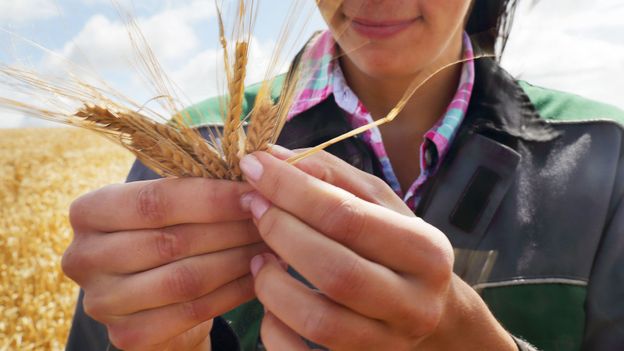
The Soil Revolution That Could Save Farming And The Climate
Huff PostBROOKHAVEN, N.Y. ― Tropical Storm Isaias downed power lines and trees across the greater New York City area in early August, snapping limbs from the ancient oaks that ring Patty Gentry’s small Long Island farm. In 2014, the federal Government Accountability Office found that, as a result of the insurance program’s policies, farmers “do not bear the true cost of their risk of loss due to weather-related events, such as drought — which could affect their farming decisions.” “As farmers, we’re trying to make rational economic decisions in an irrational system,” said Matt Russell, a fifth-generation Iowa farmer who promotes regenerative soil practices. “As farmers, we’re trying to make rational economic decisions in an irrational system.” - Matt Russell, a fifth-generation Iowa farmer The Conservation Stewardship Program already provides farmers with cash payments of up to $40,000 per year and technological assistance for steps such as assessing which plots of farming and grazing land should be allowed to go natural. In May, a group of researchers at the World Resources Institute offered a skeptical take, arguing “that the practices grouped as regenerative agriculture can improve soil health and yield some valuable environmental benefits, but are unlikely to achieve large-scale emissions reductions.” “No-till” farming ― a seeding practice that requires growers to inject seeds into fields without disturbing the soil, which became popular with environmentalists several years ago ― has had only limited carbon benefits because farmers inevitably plow their fields after a few years, WRI argued, pointing to a 2014 study in the journal Nature Climate Change. In July, a major new study published in the journal Nature found that spreading rock dust on soil at maximum scale in the world’s three largest carbon emitters ― China, the United States and India ― could collectively remove up to 2 billion metric tons of carbon dioxide from the air per year.
History of this topic

Bayer's Regenerative Farming: A Paradigm Shift for Sustainable Agriculture in China
China Daily
What makes food regenerative?
Salon_1641203676429_1641203707750.jpg)
How regenerative farmers are rewilding their land
Live Mint
The regenerative revolution in food
BBCDiscover Related










































